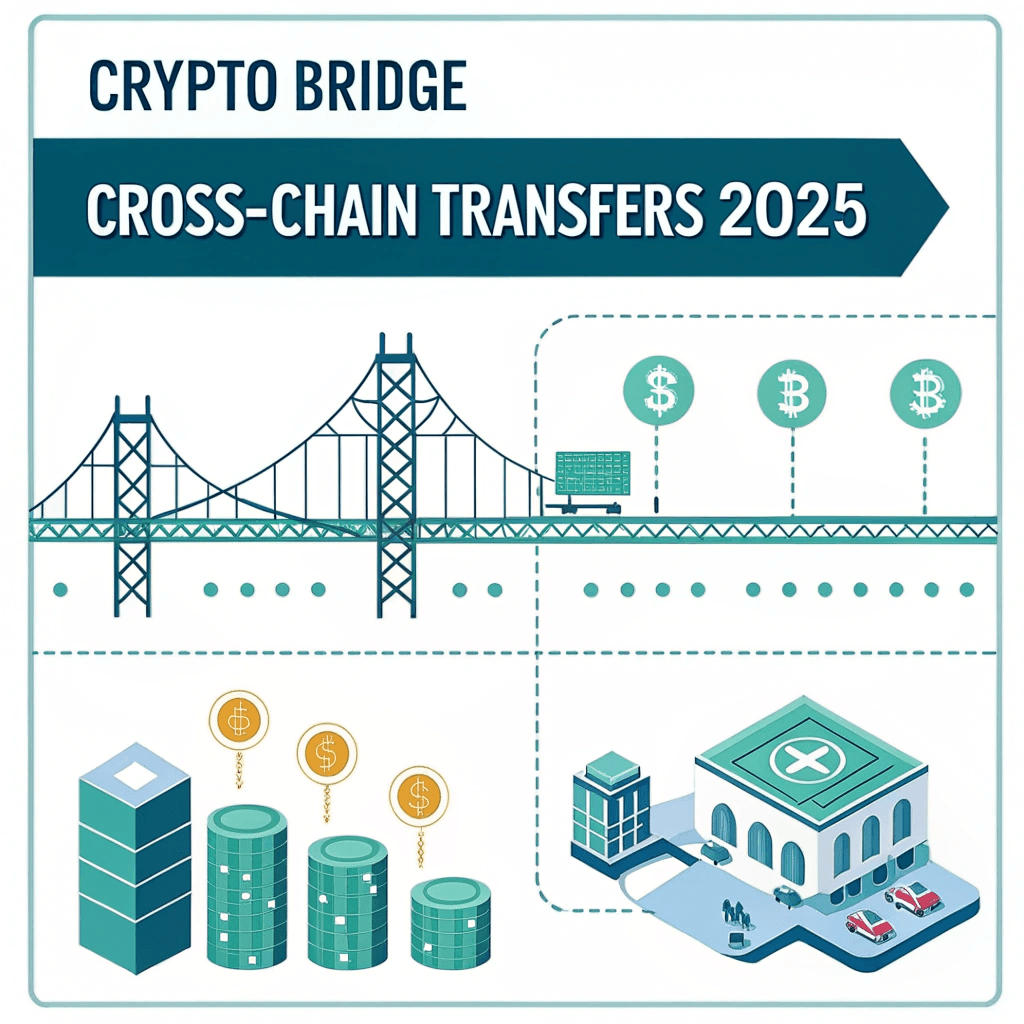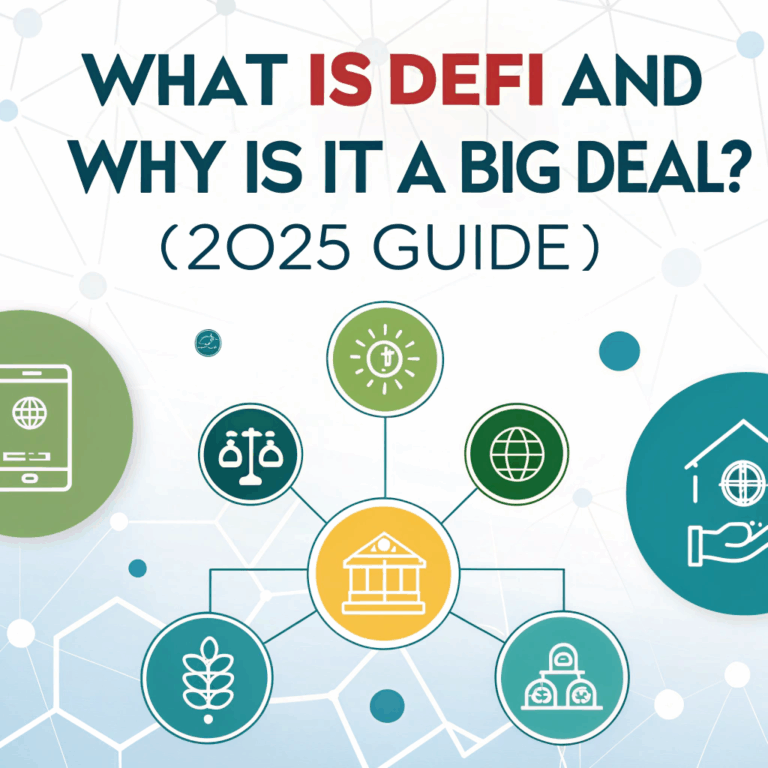What Is a Crypto Bridge? How Cross-Chain Transfers Work in 2025

Introduction
In 2025, the crypto space is multichain — Ethereum, Solana, BNB Chain, Polygon, and more. But how do assets move between these blockchains? The answer is crypto bridges. This guide will explain what they are, how they work, and how to use them safely.
What Is a Crypto Bridge?
A crypto bridge is a tool that allows users to transfer tokens between different blockchains.
For example:
- Move ETH from Ethereum to Arbitrum
- Send USDC from Polygon to BNB Chain
- Bridge wrapped BTC to Solana
Bridges connect isolated ecosystems, making DeFi, NFTs, and apps more accessible.
Why Crypto Bridges Matter
Most blockchains can’t talk to each other natively — they use different tech, consensus, and token standards.
Bridges solve this by:
- Enabling cross-chain liquidity
- Reducing gas fees (via Layer 2s)
- Allowing users to use the same assets on different chains
They are essential infrastructure in Web3.
How Cross-Chain Transfers Work
- You send tokens (e.g., ETH) to the bridge
- The bridge locks or burns the tokens on Chain A
- It mints or releases equivalent tokens (e.g., ETH on Arbitrum) on Chain B
- You receive the bridged asset in your wallet
Some bridges wrap tokens (e.g., WETH), while others swap 1:1 using liquidity pools.
Types of Crypto Bridges
| Type | How It Works | Example |
|---|---|---|
| Trusted | Centralized entity handles transfers | Binance Bridge |
| Trustless | Smart contracts and validators verify transfers | Hop Protocol, Stargate |
| Wrapped Asset | Lock original asset, mint wrapped version | WBTC on Ethereum |
| Liquidity-based | Use liquidity pools to swap cross-chain | Synapse, Stargate |
Popular Crypto Bridges in 2025
- Stargate Finance – Fast, native cross-chain swaps
- Hop Protocol – Ethereum Layer 2 bridge (Arbitrum, Optimism)
- Synapse – Multichain bridge with stablecoin support
- Portal (Wormhole) – Solana-Ethereum and beyond
- Across Protocol – Fast bridging between L2s
- Chainlink CCIP – Secure interoperability layer
Each bridge supports different chains and assets — choose accordingly.
How to Use a Crypto Bridge (Step-by-Step)
Example: Bridge USDC from Ethereum to Arbitrum
- Visit a bridge site (e.g., stargate.finance)
- Connect your wallet (e.g., MetaMask)
- Select source chain: Ethereum
- Select target chain: Arbitrum
- Choose token: USDC
- Enter amount and click “Bridge”
- Confirm gas fee
- Wait for confirmation (usually 1–5 minutes)
Tokens will appear on the destination chain.
Benefits of Using Bridges
✅ Access lower fees (move ETH to Arbitrum or Polygon)
✅ Use dApps on other chains without re-buying tokens
✅ Avoid CEXs for off-chain transfers
✅ Liquidity movement for arbitrage or farming
✅ Seamless multichain experience for NFTs, DeFi, and gaming
Risks and Security Concerns
⚠️ Smart contract exploits – many bridges have been hacked
⚠️ Bridge downtime or congestion
⚠️ Phishing sites impersonating bridges
⚠️ Loss of funds if you select the wrong network or token
⚠️ Wrapped tokens may lose peg
Bridges are powerful but high-risk — only use trusted platforms.
Tips for Safe Bridging
- ✅ Use well-known bridges with audits
- ✅ Start with a small amount
- ✅ Double-check URLs (use bookmarks)
- ✅ Always verify destination address and chain
- ✅ Avoid unknown popups or wallet approvals
- ✅ Stay updated via official project Discord/Twitter
FAQ
Is bridging free?
No — you’ll pay gas fees on both source and destination chains.
Are bridged tokens the same as the original?
Often they’re wrapped versions (e.g., USDC.e), not the native asset.
Can I bridge NFTs?
Some bridges (like LayerZero-based) now support NFTs — but it’s less common.
What if I bridge to the wrong chain?
Tokens may be stuck — you’ll need support or another bridge to return them.
Conclusion
Crypto bridges are the key to a connected multichain world, letting users move assets across blockchains safely and efficiently. But with power comes responsibility — always use trusted platforms, verify transactions, and protect your funds. In 2025, cross-chain navigation is essential to mastering crypto.





